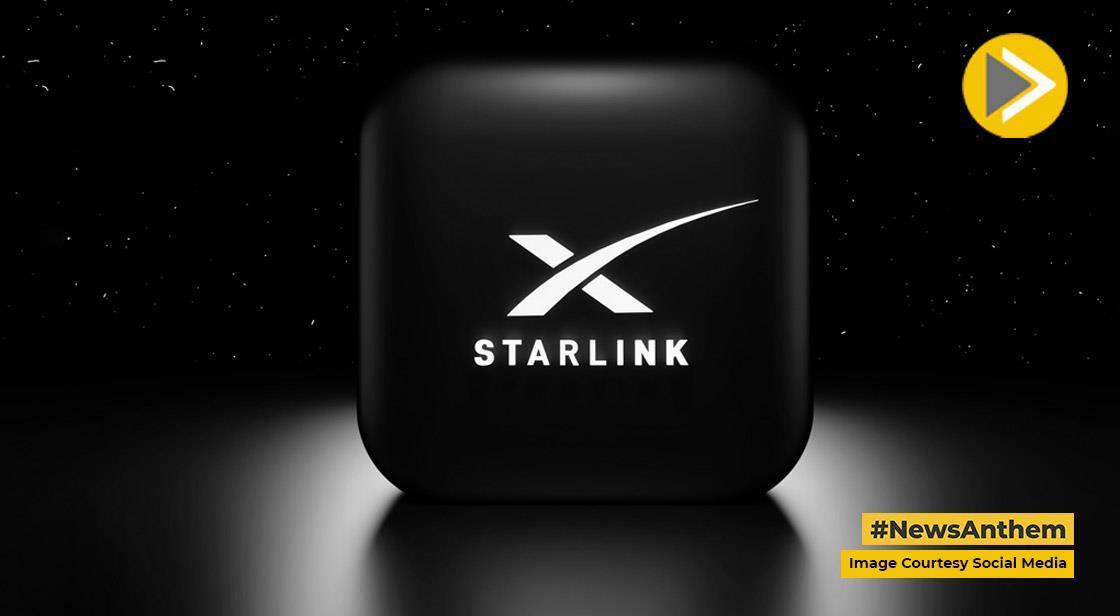Starlink Gets Approval for India: Elon Musk’s Satellite Internet Set to Launch Soon – Plans, Pricing, and Timeline Revealed

News Synopsis
Elon Musk’s satellite internet venture, Starlink, has officially received regulatory clearance to operate in India. The Indian National Space Promotion and Authorisation Centre (IN-SPACe) has approved the company’s application to provide satellite-based broadband services in the country. This approval represents a key milestone in Starlink’s efforts to enter one of the world’s largest and most underserved internet markets.
IN-SPACe, which governs private sector involvement in India's space ecosystem, granted operational permission on July 8, allowing Starlink to begin preparations for launching its services.
Approval Valid Until 2030, Gen1 Constellation to Power Services
The approval authorizes Starlink to operate its Gen1 low-Earth orbit (LEO) satellite constellation over Indian territory. The license remains valid until July 7, 2030. Alongside operational clearance, IN-SPACe has also assigned Ka and Ku band frequencies to be used for uplink and downlink communication between Starlink satellites and users in India.
These high-frequency bands are crucial for delivering fast and reliable internet connectivity via satellite, particularly in challenging geographic regions.
Commercial Rollout Expected by Late 2025 or Early 2026
Although regulatory approval is a significant breakthrough, Starlink’s commercial services in India are still months away. The company must now obtain spectrum allocation from the Department of Telecommunications (DoT), develop ground-based infrastructure like gateways, and meet stringent security and compliance requirements set by the Indian government.
Sources close to the matter suggest that if all goes smoothly, Starlink could begin offering services by late 2025 or early 2026.
How Starlink Internet Works: Satellite-to-Home Connectivity
Starlink’s technology involves transmitting high-speed internet from its LEO satellites directly to users via a compact satellite dish installed at the premises. This makes it ideal for rural and remote areas where traditional broadband or mobile networks are unreliable or nonexistent.
By bypassing ground cables and towers, Starlink offers a plug-and-play solution with global coverage, bringing the internet to regions that have long been underserved.
Global Footprint and Expansion Plans
Starlink is already operational in over 100 countries and has launched more than 6,000 satellites. With its long-term vision to deploy up to 42,000 satellites, the company aims to create a robust, high-capacity global network.
In India, the initial rollout will offer speeds between 25 Mbps and 220 Mbps, depending on satellite availability and user location. The network will launch with an estimated data throughput capacity of 600–700 Gbps, potentially supporting thousands of users nationwide.
Expected Pricing and Hardware Details in India
While official pricing for India hasn’t been disclosed, estimates based on global models suggest the Starlink Standard Kit—which includes a satellite dish, router, stand, and cables—could cost around ₹33,000.
Monthly subscription plans are expected to be priced between ₹3,000 and ₹4,200 for unlimited data usage, making it an appealing option for users in connectivity-poor areas. In the U.S., the same kit is priced at $349, while the compact Starlink Mini sells for $599. It remains to be seen whether the Mini will be introduced in India at launch.
A Game-Changer for Rural Internet in India
Starlink’s India launch has the potential to transform rural internet infrastructure. Millions of Indians still lack reliable access to the internet, particularly in mountainous, tribal, or low-density areas where laying fibre optic cables is economically unviable.
By offering a scalable, satellite-based alternative, Starlink could help bridge the digital divide and support initiatives in education, healthcare, and e-governance.
Growing Support for Private Satellite Internet Players
Starlink’s entry also marks a shift in Indian policy towards supporting private space and communication services. With IN-SPACe’s clearance and ongoing discussions with DoT, the Indian government is clearly signaling openness to innovation in the satellite internet space.
Although several bureaucratic steps remain, the approval has laid the foundation for Starlink’s rollout—and possibly other global players in the future.
Conclusion
With regulatory approval in hand, Starlink is now firmly on track to launch satellite internet services in India. While the commercial debut may take time, its arrival promises to revolutionize internet access in underserved regions and marks a significant evolution in India’s connectivity landscape.
You May Like









